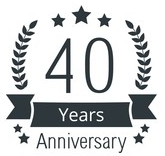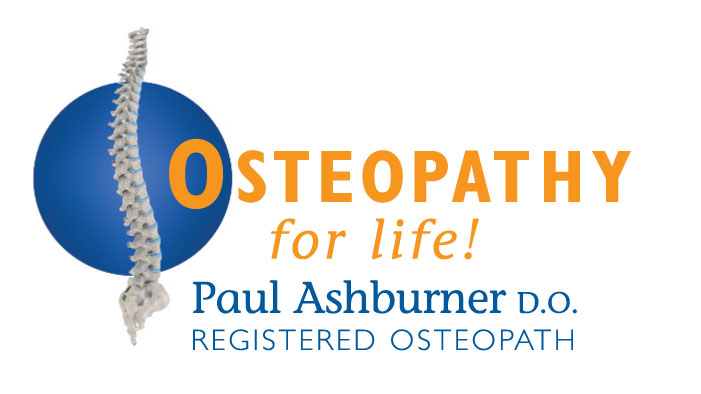
Health Articles
Cranial Osteopathy and Dentistry
"The importance of the relationship between cranial osteopathy and dentistry cannot be overstated. Conditions affecting the mouth and teeth have a very direct effect on the rest of the body.
The face is composed of a number of different bones. Some of these bones are very delicate, and they are intricately linked together in a very complex way. All the bones of the face, like those in the rest of the skull, are free to move very minutely, which they do in a gentle rhythmical way. This movement between the bones is important in maintaining drainage of the sinuses, and permitting the free passage of air through the nose.
Trauma to the face may restrict the normal movement between the bones, and can have very wide reaching effects in the whole body. One of the most common causes of trauma is dental treatment.
Common (dental) causes of stress in the face
Extraction of teeth
The forces used to extract teeth may be transmitted through to the articulations and joints of some of the delicate bones of the face. This may strain and disrupt their normal movement.
Common Symptoms
Sinus and ear problems, headache, migraine, neck or lower back pain.
The immediate pain and tenderness after an extraction can mean that one side of the mouth cannot be used for chewing, thus creating an unequal bite with resultant strain on the rest of the face, head and neck. This situation can persist if there are gaps left between the teeth, particularly if more than one gap exists.
Dentures and plates
An upper plate or denture has the effect of holding the bones of the upper jaw rigidly together, preventing or severely limiting their natural movement.
Common Symptoms
Headache, congested sinuses, ear problems, eye strain.
Prevention
Plates and dentures should be removed at night to allow the face to free itself off for some hours during each 24 hour cycle.
Loss of all the teeth leads eventually to a loss of bone from the face. It is important that the correct distance or height between the upper and lower jaw is maintained. If the height of the teeth is wrong this can cause imbalance in the action of the jaw muscles and a marked degree of tension in the face and jaw.
Dentures should be replaced regularly as they wear down, and may have to be built up to allow for bone loss over a period of time.
No back teeth
Occasionally people have all their back teeth removed leaving just the front incisors. If no dentures are worn, all biting and chewing is done on the front teeth. This places enormous strain on the structures of the head and neck. It almost always leads to a great deal of neck tension, causing headaches and neck pain.
Braces and Orthodontic work
Orthodontic treatment has a dramatic effect on the normal functioning of the face, and can have repercussions throughout the whole body. Enormous stresses are imposed through the bones of the face as the teeth are forcibly moved in their sockets. This restricts and disrupts normal motion of the facial bones.
Common Symptoms
Headache, clicking jaw, painful joints, irritability, reduced concentration, neck pain, lowered immunity and an increased vulnerability to musculoskeletal strains.
After the brace is removed
The stresses do not always dissipate, and are almost always palpable many years later in adults.
Osteopathic treatment is strongly recommended BEFORE the brace is fitted, to reduce the underlying stresses as much as possible. DURING the time the brace is being worn, occasional treatments to help the body accommodate the additional load reduces the secondary symptoms and also helps the teeth to move quicker. AFTER the brace is removed, osteopathic treatment to reduce its long term effects.
Bridges
Bridges generally cause no problem within the mechanics of the face. The exception is a midline bridge across the two upper front teeth. In this situation the bones of the upper jaw become permanently fixed together, which prevents normal movement between the bones.
Common Symptoms
The stress induced by a fixed midline bridge will highlight any area of weakness in the body. Symptoms can be almost anything including headache, sinus or ear problems, neck and back pain, even knee and foot pain.
Clicking Jaw
Pain and clicking in the temperomandibular joint (TMJ) is fairly common. There are many causes, one of which may be imbalances and stresses through the face or teeth, and osteopathic treatment can sometimes help.
Bruxism (grinding teeth)
Many people grind their teeth at night or clench their jaw when they are concentrating or under stress. In children, night grinding may be the result of pressure in the head or face from retained birth compression.
Common Symptoms
Tension, tenderness and irritability in the muscles of the face, head and neck.
How Can Osteopathic Treatment Help?
It may seem after reading this that any dental treatment should be avoided! This is definitely not the case, and much dental work is skilfully performed with the minimum of stress to the mechanics of the face. However, it does highlight the very important connection between stresses resulting from dental treatment, and the types of problems that osteopaths see. The wide subject of facial mechanics is a fascinating one which is often relevant to the patient's presenting symptoms.
Many of the above problems can be successfully treated osteopathically. Obviously if there is a dental problem that is consistently aggravating and causing stress, it is important to have this dealt with by a dentist.
Osteopathic techniques used to treat strains within the face are very gentle.
Related Articles
Jaw pain - an Osteopathic Perspective
Headaches - Look at the alternatives before you pop another pill
New to the Practice?
To book an Initial Consultation you should call on 01773 843 033 during office hours. Our friendly reception staff will be pleased to find a convenient appointment for you.
Existing Patients:
Book your next appointment online by clicking the button below:
Book your Appointment
Conditions patients often seek our help for:
Latest News
Latest Articles
Payment Methods
We accept payments by cash, bank transfer and credit/debit cards.


